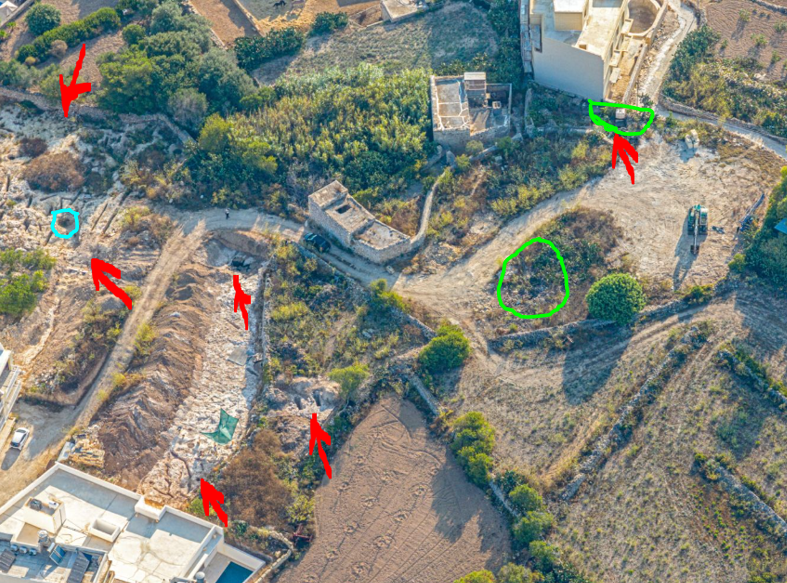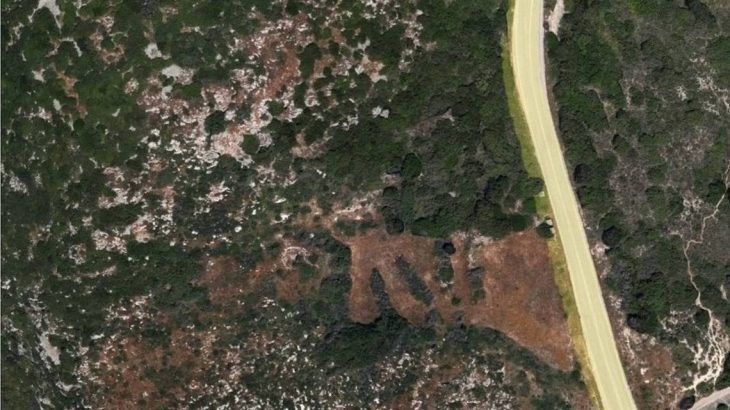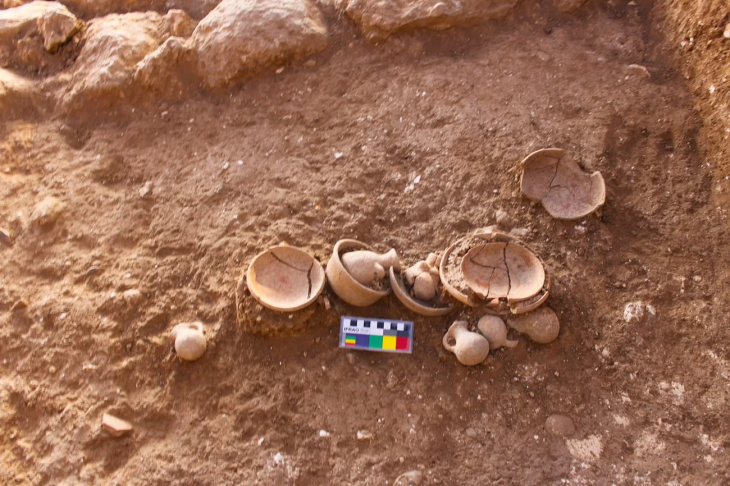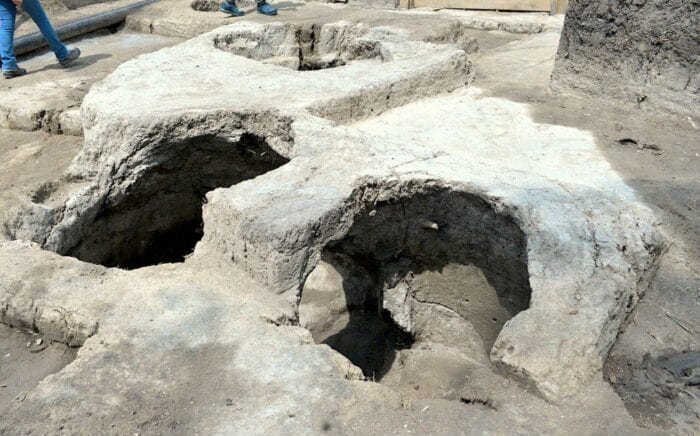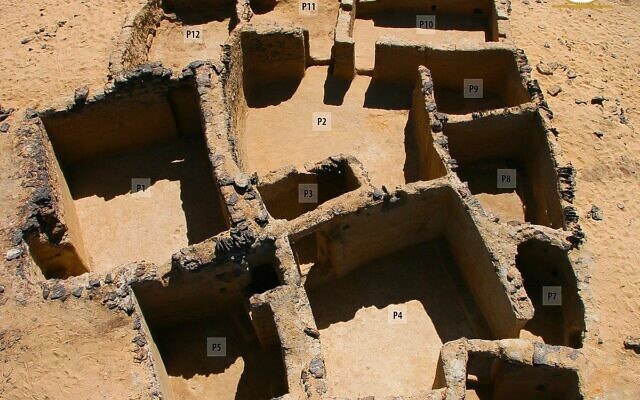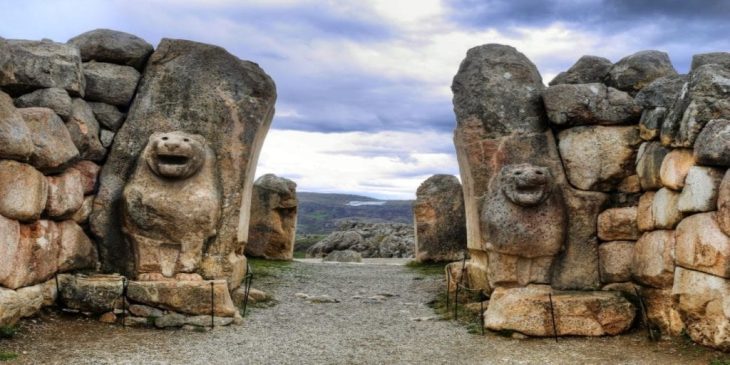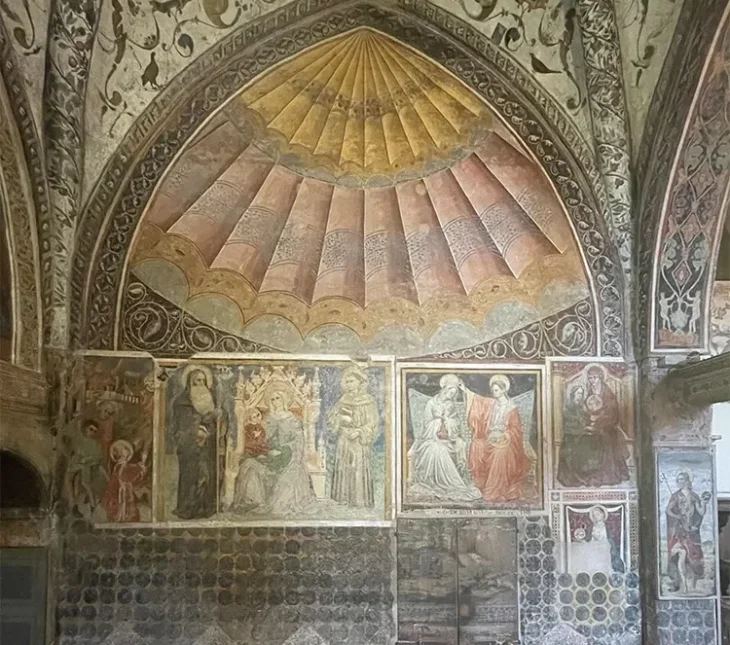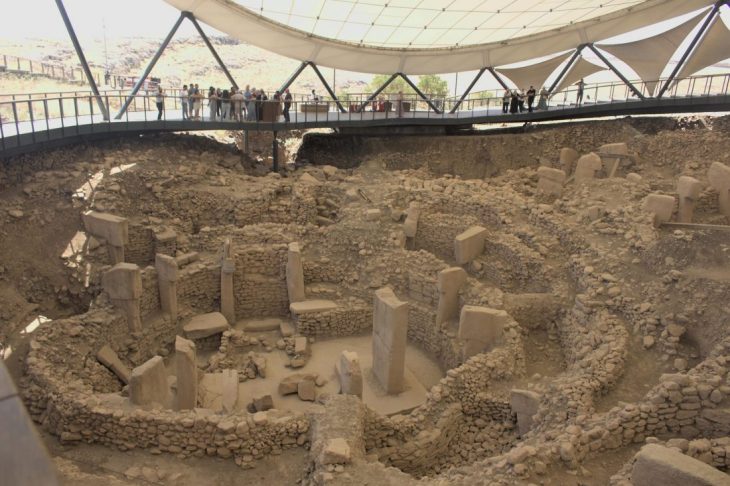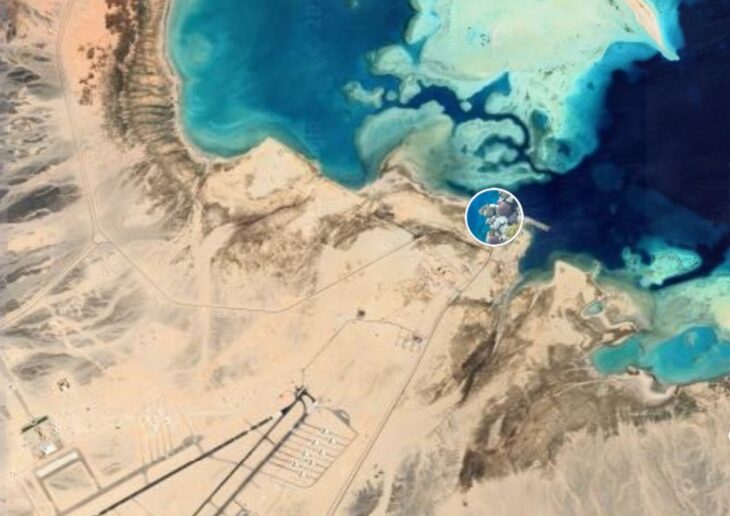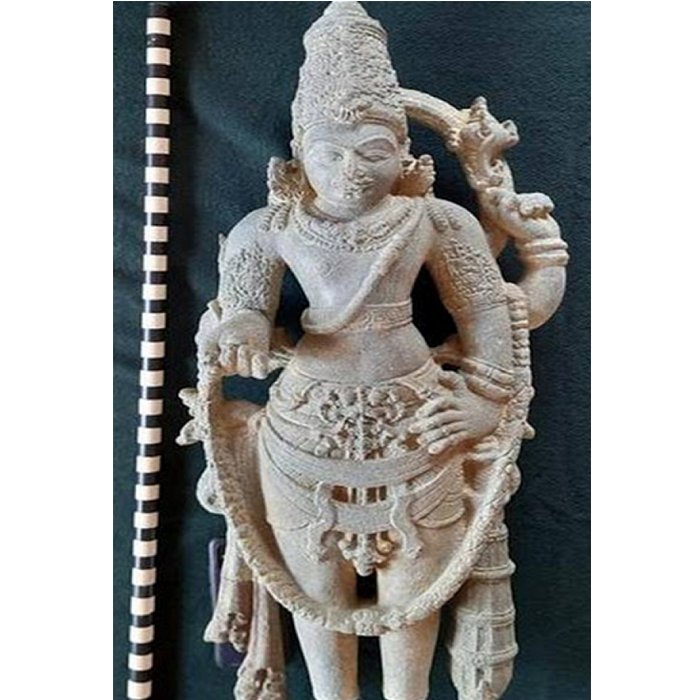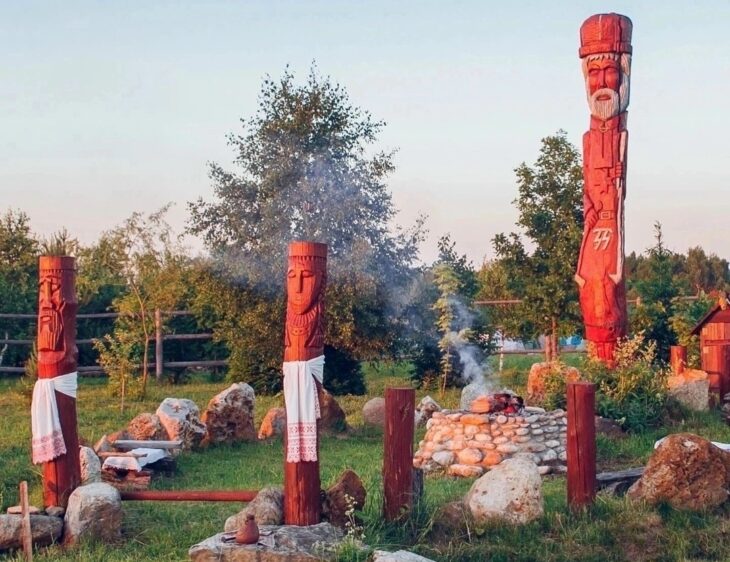Archaeologists and heritage conservationists are sounding the alarm over continued development near the Santa Verna archaeological site, a prehistoric temple complex deemed one of Malta’s most invaluable cultural landmarks. Despite decades of discoveries that highlight the site’s profound historical importance, construction projects persist in its immediate surroundings—sparking outrage and urgent pleas for intervention.
The Santa Verna Temple, located in the village of Xagħra on the island of Gozo, boasts a timeline that stretches back to circa 5000 BCE, spanning all phases of the Maltese prehistoric era. Initially excavated in 1908 and again in 1911, the site revealed a trefoil-shaped temple layout, along with two remarkably preserved human skeletons, suggesting the area held ritualistic or burial significance.
Subsequent excavations, including major efforts in 1961 and comprehensive surveys between 1987 and 2015, further confirmed Santa Verna’s status as a five-apsed megalithic temple. Findings included substantial in-situ stone structures, lime concrete floors, undisturbed stratigraphic soil layers, and rare artefacts like snail figurines and globigerina limestone polygonal paving.
“This is not just a local heritage site — Santa Verna holds clues to understanding the evolution of temple architecture, early agrarian life, and spiritual practices in the Neolithic Mediterranean,” said a spokesperson from Flimkien Għall-Ambjent Aħjar (FAA), a leading Maltese environmental NGO.
In 2015, a pivotal excavation unearthed ceramic fragments, animal bones, and environmental samples dating back to the Għar Dalam and Skorba periods (5000–4100 BCE), suggesting the temple was built on an even earlier settlement. These finds demonstrate the site’s dynamic history, from early habitation to its transformation into a ceremonial complex.
📣 Our WhatsApp channel is now LIVE! Stay up-to-date with the latest news and updates, just click here to follow us on WhatsApp and never miss a thing!!
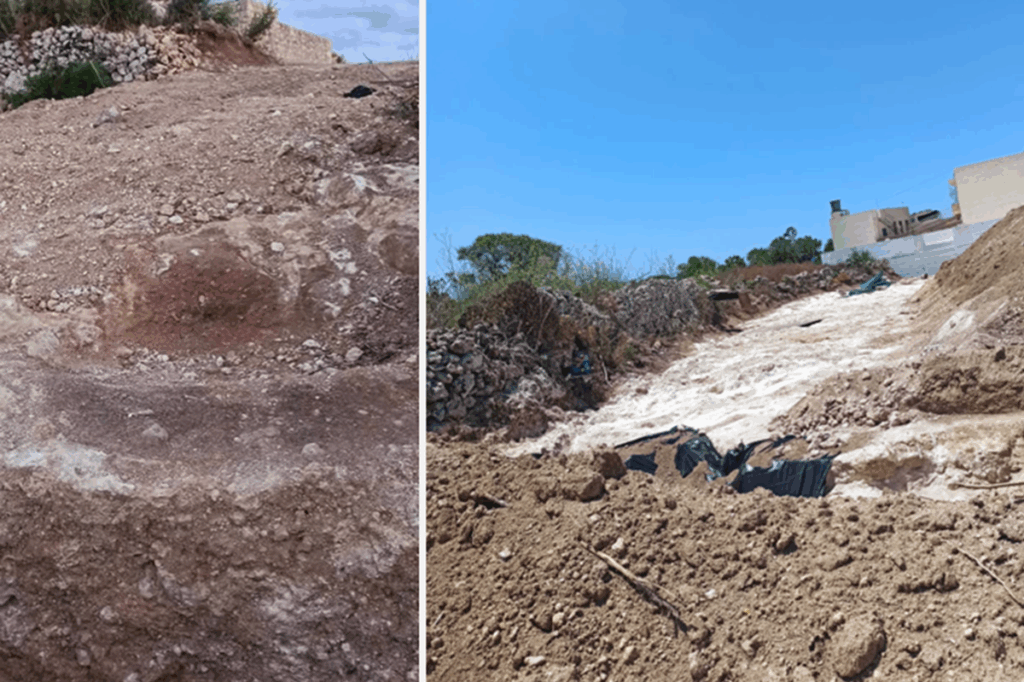
Heritage at Risk: Calls for Protection Ignored
Despite this extensive body of evidence, the Superintendence of Cultural Heritage (SCH) initially claimed that no archaeological features were present in the zones earmarked for development—a claim later contradicted by the discovery of human skulls reported by concerned residents. FAA has condemned what it describes as “systemic negligence” in the handling of heritage preservation and is demanding an immediate moratorium on all nearby construction activity.
“Using heavy machinery on or near archaeological deposits, discarding unearthed human remains, and the absence of scientific monitoring are signs of cultural vandalism, not progress,” FAA stated.
Why Santa Verna Deserves World Attention
Unlike the more widely recognized Ġgantija and Ħaġar Qim temples, Santa Verna remains largely uncelebrated in global discourse, despite its equally significant archaeological footprint. Its continuous occupation through different prehistoric phases offers unmatched insight into early Maltese civilization.
The site’s distinct architectural features, such as its polygonal paving and multi-phase temple modifications, challenge conventional understanding of Neolithic construction techniques. Additionally, the presence of rare items like snail-shaped figurines and the scientific precision of recent excavations, including geophysical surveys conducted by the FRAGSUS Project, reveal the site’s untapped research potential.
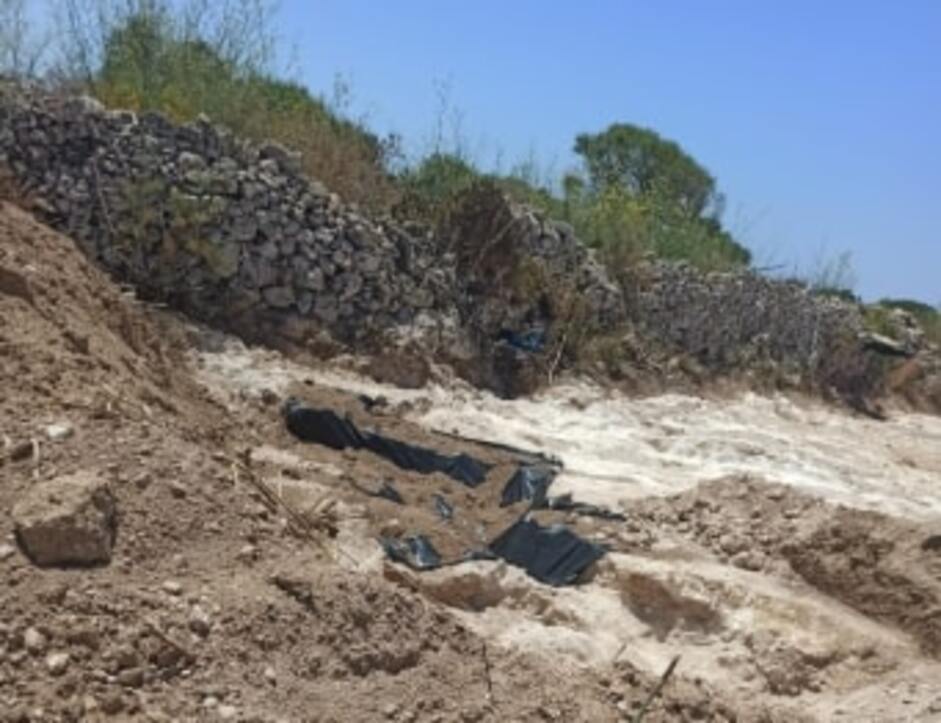
Urgent Need for Protection and International Support
FAA and other experts argue that Santa Verna should be included in UNESCO’s tentative list of World Heritage Sites, alongside its neighboring Ġgantija complex. They also stress the need for updated national policies on development near archaeologically sensitive zones and for public awareness campaigns to foster respect for Malta’s prehistoric legacy.
Conclusion
The case of Santa Verna is more than a local issue—it is a cautionary tale for how modern development, when left unchecked, can irreversibly damage our connection to the ancient world. With mounting evidence of its cultural and scientific importance, the time to act is now.
Cover Image Credit: Sta Verna Temple in Xagħra, Gozo.

